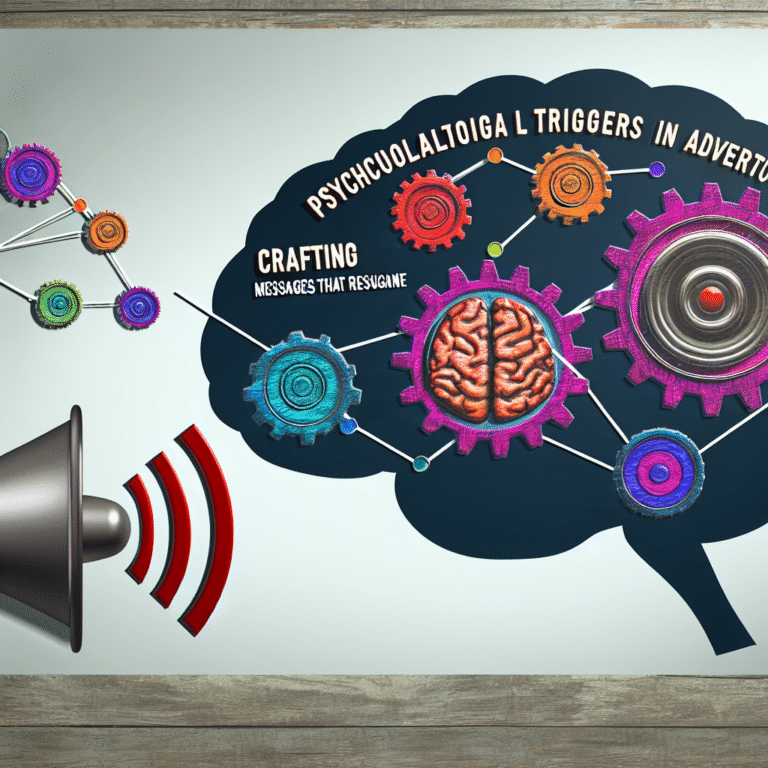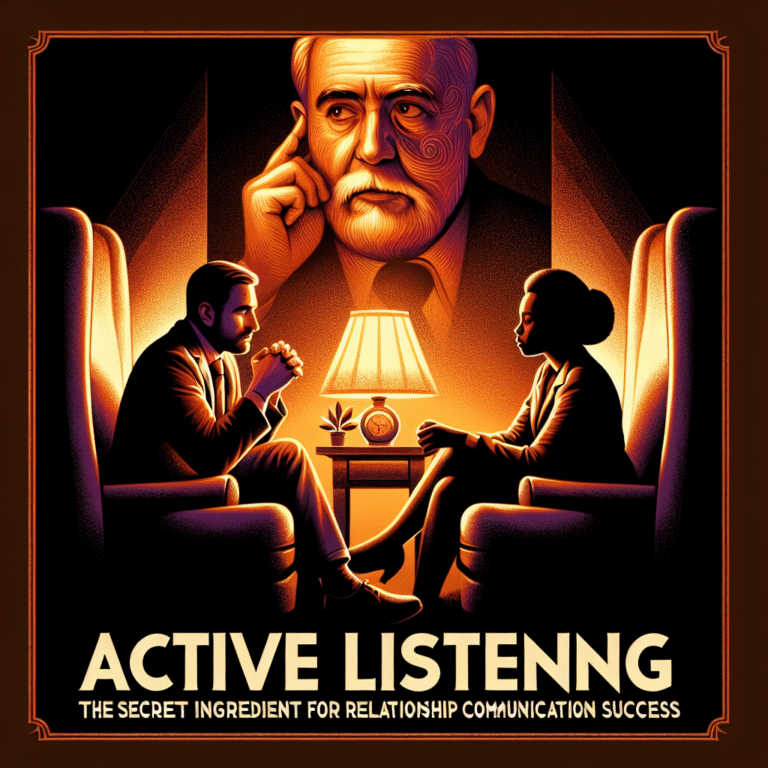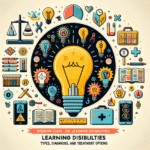
The Mind Behind the Market: Behavioral Psychology’s Role in Advertising Success
Introduction
In an age where consumers are bombarded with marketing messages every second, understanding the psychological triggers that motivate purchasing decisions is not just valuable—it’s essential. These triggers are at the heart of effective advertising strategies, and comprehending them can mean the difference between a successful campaign and a costly failure. The Mind Behind the Market: Behavioral Psychology’s Role in Advertising Success delves deep into the fascinating interplay between psychology and marketing, exploring how brands successfully leverage insights from behavioral psychology to resonate with their audiences. This journey isn’t merely about selling products—it’s about understanding human behavior on a profound level.
Understanding Behavioral Psychology in Marketing
Behavioral psychology examines how people’s thoughts, feelings, and actions influence their behavior, particularly in decision-making processes. This subfield of psychology offers invaluable tools for marketers, allowing them to predict and influence purchasing behavior effectively.
The Decision-Making Process
When consumers make purchase decisions, they often follow a multi-step process:
- Need Recognition: Realizing they have a problem or desire.
- Information Search: Seeking out options.
- Evaluation of Alternatives: Weighing pros and cons.
- Purchase Decision: Choosing a product or service.
- Post-Purchase Evaluation: Reflecting on their decision.
By understanding these stages, brands can create targeted campaigns that address consumers’ needs at each point, harnessing The Mind Behind the Market: Behavioral Psychology’s Role in Advertising Success.
Cognitive Biases: The Key to Influence
Behavioral psychology reveals several cognitive biases that significantly impact consumer behavior. By leveraging these biases, advertisers can tailor their strategies to enhance effectiveness. Here are some key cognitive biases relevant to marketing:
Anchoring: The tendency to rely heavily on the first piece of information encountered. For example, if a product is introduced with a high initial price and then offered at a discount, consumers may perceive it as a great deal.
Social Proof: People are more likely to engage in behavior if they see others doing it. For instance, testimonials and user reviews can significantly influence potential buyers.
Scarcity: Items perceived as scarce are often more desirable. Advertisements that highlight limited-time offers exploit this bias effectively.
- Loss Aversion: Consumers prefer avoiding losses over acquiring equivalent gains. Campaigns that emphasize what consumers might lose by not buying a product can spur action.
Case Study: The Power of Scarcity
A classic example of leveraging scarcity is the campaign run by online retailer Amazon during Black Friday sales. By indicating low inventory levels with phrases like “Only 3 left in stock!” they created urgency. Analyzing this strategy reveals how The Mind Behind the Market: Behavioral Psychology’s Role in Advertising Success can lead to increased conversion rates, particularly during competitive shopping seasons.
| Campaign | Scarcity Tactic Used | Result |
|---|---|---|
| Amazon Black Friday | Low inventory notifications | 45% increase in sales |
| Nike’s Limited Edition Releases | Countdown timers and exclusivity | Record-breaking sell-out rates |
Crafting Messages That Resonate
Successful advertising isn’t just about the product; it’s about how the message is delivered. Behavioral psychology can guide brands in crafting messages that resonate with target audiences.
The Importance of Emotional Appeal
Emotion plays a crucial role in consumer behavior. Research indicates that consumers are often motivated by emotions rather than logic when making purchasing decisions. Advertisements that evoke emotions—whether joy, nostalgia, or even fear—tend to perform better.
Example Case Study: Apple’s Advertising Strategy
Apple’s marketing approach revolves around creating an emotional connection with consumers. Their ads often showcase the lifestyle benefits and innovative capabilities of their products, touching on themes of creativity, community, and self-expression. The significant emotional response that Apple cultivates exemplifies The Mind Behind the Market: Behavioral Psychology’s Role in Advertising Success.
Storytelling: Engaging the Consumer
Storytelling is a powerful technique that helps brands connect on a deeper level. A well-crafted narrative allows consumers to see themselves in the story, increasing relatability and engagement.
- Case Study: Nike’s “Just Do It” Campaign
Nike’s iconic campaign has resonated globally due to its compelling narrative of perseverance and grit. By showcasing real athletes’ stories, Nike demonstrates The Mind Behind the Market: Behavioral Psychology’s Role in Advertising Success, inspiring consumers to associate the brand with empowerment.
Visual Elements: The Influence of Design
The design of advertisements can also influence consumer behavior. Research indicates that attractive and visually appealing ads are more likely to elicit positive feelings and drive conversions. Color psychology also comes into play here; different colors evoke different emotions and responses.
| Color | Emotion/Evoked Response |
|---|---|
| Red | Urgency, excitement |
| Blue | Trust, security |
| Green | Health, tranquility |
| Yellow | Optimism, clarity |
The Role of Social Media
In the digital age, social media platforms have transformed how businesses connect with consumers. Behavioral psychology principles continue to play a crucial role in social media marketing strategies.
The Power of Engagement and Community
Social media relies heavily on interaction and community engagement. Brands that create spaces for dialogue and interaction—such as through comments, shares, and likes—are more likely to foster brand loyalty among consumers.
- Case Study: Glossier
Beauty brand Glossier effectively uses social media to build a community around its products. By prioritizing customer feedback and showcasing user-generated content, Glossier utilizes The Mind Behind the Market: Behavioral Psychology’s Role in Advertising Success to cultivate a loyal following.
Influencer Marketing: The Impact of Trust
Influencer marketing leverages the psychology of trust. Consumers are more likely to purchase based on recommendations from individuals they admire. This strategy rests on the social proof principle, where followers are influenced by the choices of those they respect.
- Case Study: Daniel Wellington
Swedish watch brand Daniel Wellington became a powerhouse through influencer marketing. By sending free watches to influencers, the campaign not only highlighted social proof but also embraced The Mind Behind the Market: Behavioral Psychology’s Role in Advertising Success.
The Importance of Feedback and Adaptation
To achieve lasting advertising success, brands must not only implement psychological strategies but also continually assess and refine their approaches based on consumer feedback. User feedback mechanisms—such as surveys, focus groups, and social media monitoring—can yield critical insights.
A/B Testing: The Data-Driven Approach
A/B testing is a data-driven method that allows marketers to experiment with different variables in an ad’s design and placement to determine what resonates best with the audience. This iterative process is inspired by the scientific method and reflects The Mind Behind the Market: Behavioral Psychology’s Role in Advertising Success.
Example A/B Testing Application:
- Testing Headline Variations: A brand can test different headlines to see which generates more clicks. One slogan may emphasize savings, while another focuses on product quality. Analyzing the data helps optimize future campaigns.
Conclusion
As we’ve explored throughout The Mind Behind the Market: Behavioral Psychology’s Role in Advertising Success, the interplay between psychological insights and effective advertising strategies is profound. By delving into behavioral psychology, marketers can create more compelling campaigns that resonate deeply with consumers. From leveraging cognitive biases to emphasizing emotional connections and community building, understanding human behavior is fundamental to driving sales and sustaining brand loyalty.
In today’s competitive market, the brands that succeed will be those that understand not just what consumers want, but why they want it—and how psychology can help create that desire. As you move forward, consider how you can apply these insights to your marketing strategies, creating campaigns that not only drive sales but also foster long-lasting relationships with your audience.
FAQs
1. How does behavioral psychology differ from traditional psychology in advertising?
Behavioral psychology focuses specifically on observable behaviors and the influence of psychological processes on purchasing decisions, while traditional psychology may delve deeper into subconscious thoughts and feelings without direct application to consumer behavior.
2. What are some effective ways to apply cognitive biases to advertising?
Marketers can use scarcity to create urgency, social proof to enhance credibility, and loss aversion to emphasize the importance of taking action before missing out.
3. Is emotional appeal necessary for all advertising strategies?
While emotional appeal is highly effective, its necessity can depend on the product and target audience. Certain products may benefit more from a logical approach, especially in B2B marketing.
4. How can I measure the effectiveness of my advertising campaign?
Using metrics such as click-through rates, conversion rates, and customer feedback can help measure the effectiveness of an advertising campaign. A/B Testing is another useful method.
5. Can social media really impact consumer behavior?
Absolutely! Social media platforms leverage community interaction and influencer recommendations, both of which can significantly influence buying behavior due to the principles of social proof and engagement.
By keeping these insights in mind about The Mind Behind the Market: Behavioral Psychology’s Role in Advertising Success, brands can build more compelling campaigns, foster stronger connections with their audiences, and ultimately drive greater success in the marketplace.

















